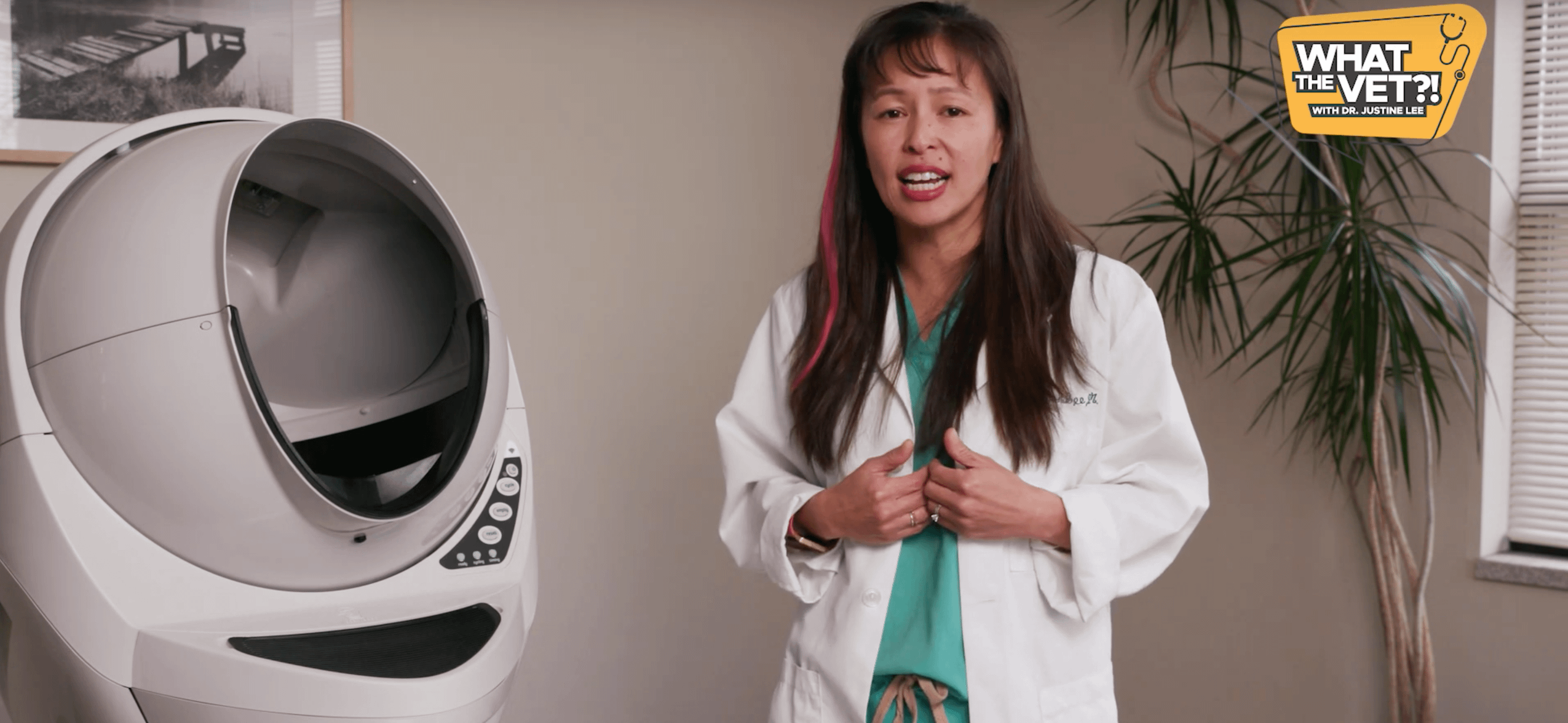Updated February 29, 2024
Have you ever observed your cat acting strangely and wondered if they were having a seizure? Once you realize it is a seizure and you contact your veterinarian, it's normal to search for a cause of this abnormal activity. Seizures in cats can be a symptom of idiopathic epilepsy, which simply means repeated episodes of seizures without a diagnosable cause. But there are many other possible causes to consider—including dangers hiding in your own home.
What are seizures?
A seizure is a sudden, uncontrolled electrical disturbance in the brain. The length and severity of a seizure can vary, as can recurrence rate: A seizure can occur one time only, in a cluster over a short period, or on a recurring basis every few weeks or months.
Having two or more seizures or a tendency for recurrent seizures is considered an epilepsy disorder. Epilepsy may occur as a result of a genetic disorder or an acquired brain injury, such as a trauma or stroke.
Cat seizure causes
Trauma
Is it common for cats to have seizures? Seizures and epilepsy in cats is often attributed to previous damage to the brain. Sadly, many cats experience trauma early on in life. These cats often fully recover and show no other symptoms; yet they can develop seizures later in life due to a brain injury set up by earlier trauma. Most seizures in these cats are intracranial in origin, meaning that they are caused by some sort of abnormality inside of the skull.
Medical conditions
Certain underlying medical conditions can be the cause of seizures in cats. These include, but are not limited to, the following:
- Kidney disease
- Hypertension (often secondary to kidney disease)
- Liver disease
- Hyperthyroidism
- Hypoglycemia
- Heartworm disease
- Meningitis
- Tumors
- Feline hyperesthesia syndrome
- Rabies
- Feline infectious peritonitis (FIP)
- Brain tumors, most commonly meningiomas
Toxins at home
Unfortunately, there are many toxins in your own home that can cause seizures in cats upon exposure or accidental consumption. Keep these household items out of reach (or out of the house altogether):
- Permethrin is the most common cause of seizures in cats, according to ASPCA. Permethrin is found in dog flea and tick medication—never apply flea and tick prevention meds for dogs on your cat! If you have recently treated your dog, make sure your cat does not lick it off your dog’s fur or rub up against him.
- Over-the-counter pain meds like ibuprofen and acetaminophen
- Tea tree oil (melaleuca); be careful with essential oils at home
- Antidepressants such as amitriptyline/Elavil and mirtazapine/Remeron
- Supplements containing alpha lipoic acid
- Hair growth treatments containing minoxidil, such as Rogaine
- Parasite infestation medications, such as ivermectin and moxidectin
- Muscle relaxants such as baclofen
- Rodenticides such as bromethalin
- Plants and flowers including lilies, foxglove, philodendron, azalea or rhododendron, cyclamen, oleander, sago palm, castor bean, yew, marijuana
- Wild mushrooms of the Amanita genus, including death cap and destroying angel
Sounds
Strangely, certain sound stimuli can cause seizures in older cats. A 2015 study published in the Journal of Feline Medicine and Surgery reported on a syndrome called feline audiogenic reflex seizures (FARS). Cats with FARS (typically 15 years or older) experienced seizures in response to hearing everyday noises such as “the crinkling of aluminum foil, paper, or plastic bags, the chinking of a metal spoon dropped into a food bowl, tapping on glass, computer keyboard tapping or mouse clicking, and the clinking of coins or keys.”
Cat seizure symptoms
What does a cat seizure look like? A seizure can cause changes in your cat’s behavior, movement, and even consciousness. A cat experiencing a seizure may exhibit some or all of the following symptoms, which typically last for a minute or two:
- Collapsing
- Going stiff
- Convulsions (thrashing or jerking about, paddling their feet, etc.)
- Chomping their teeth or snapping their jaw
- Drooling
- Loss of consciousness
- Uncontrolled urinating or defecating
Some cats will exhibit behavior changes shortly before a seizure, such as pacing, circling, yowling, or vomiting. After the seizure, cats may be disoriented, show temporary paralysis in one or more legs, seem blind, vomit, or show other behavior changes. Very often, cats are completely normal in between seizure episodes.
How to help a cat having a seizure
One thing is certain: Witnessing your pet having a seizure can be extremely upsetting and scary. Try to remain calm and prevent your cat from hurting himself. If possible, move your cat away from stairs, sharp edges, and steep falls—but be careful not to get bit or scratched.
If your cat has one seizure that lasts only a minute or two, then seems normal, call your veterinarian afterward for advice. Your vet may tell you to simply keep an eye on your cat, or recommend you bring him in for an exam.
If your cat has cluster seizures, or doesn’t stop seizing, get to the emergency vet right away. Use a thick towel or blanket to wrap up your cat to protect both of you during transport.
Treatment of seizures and epilepsy in cats
Treatment of seizures in cats depends on a variety of factors. In a non-emergency setting, your vet may do blood and urine tests, X-rays, cerebrospinal fluid testing, MRI imaging, and, rarely, electroencephalograms (EEG). If you go to the emergency vet and your cat is still seizing, the vet will inject diazepam or phenobarbital to stop the seizure.
Typically, an isolated, single seizure of less than 2 minutes’ duration that is determined to be epilepsy is usually not treated beyond stopping the initial seizure. Longer-lasting, cluster, or frequently recurrent seizures in cats likely need to be treated with anticonvulsants, including phenobarbital and possibly diazepam or gabapentin. A newer anticonvulsant called levetiracetam may be used with cats that don’t respond well to phenobarbital or diazepam. A cat that is put on any anticonvulsant medication will need to have regular checkups and blood tests.
Seizures in cats are scary, but often it is a very treatable condition. Keep your cat away from common toxins at home, and keep your vet informed.
Sources:
- Seizures and Epilepsy in Cats
- Seizure Disorders and Treatment Options
- Work-Up, Therapy and Complications of Seizures in Cats
- Cover photo by Antonio Gabriel on Unsplash







